Crop rotation means you change the location of plant families from year to year. Disease and pest problems are often problematic among plants in the same family. By moving them around in your beds each year, you decrease your risk of having last year’s insects or diseases effect this year’s crop – in case they managed to overwinter in the soil. Often plants in the same family sap the soil of the same nutrients. Brassicas, for example, are heavy nitrogen feeders. This year, you might consider planting legumes in that spot to replenish the nitrogen in your soil.
To help stretch your space, think carefully about companion planting which couples plants together that use different spaces for growing. For example, nestling onions in between your lettuce plants is a nice companion planting. The onions grow below leaving the lettuces plenty of room above ground to get leafy.
Consider which plants are early to bolt – basil, cilantro, spinach, etc. I try to plant those in spots where they will get shaded later in the season by taller vegetables. In this year’s plant, my tomato plants should provide some shade to the annual herbs planted in between.
I never plant vegetable crops in the raised beds that are space hogs, which includes vines or plants larger than three feet. Those get tucked into planting beds and trellis around the garden, along with edible ground covers. I also don’t waste the great soil in my raised beds on things that can tolerate poor soil, like my perennial herbs, as these tough guys do just fine in my clay soil. This year the following vegetables will get planted outside my beds:
- Potatoes: russet, yellow and fingerling
- Strawberries (companion planted with shallots and garlic)
- Winter squash: delicata, butternut and pumpkin
- Summer squash: zucchini, pity pan/scallop
- Cucumber
- Peas and pole beans (over a teepee for Juniper to play in)
I started our plan with crayons and graph paper while coloring one evening with Juniper – super simple! Just draw out the total size of your area – in my case this is four beds that are 4′ x 8′. Then start filling in circles that match the scale of the mature plant. Plants that are typically two feet wide include tomatoes, peppers, eggplant, kale and broccoli. One foot wide plants include lettuces, arugula, spinach and annual herbs. Smaller plants I do in rows include beets and carrots.
Here are some past vegetable garden plans for my old 4′ x 6′ beds. You’ll notice there is no 2012 as Juniper was just born. My plan that year was “plant whatever you can whenever you can”:
- 2014 Vegetable Garden Plan
- 2013 Vegetable Garden Plan
- 2011 Vegetable Garden Plan (irregular sized planting area)
My final version is made using Adobe Illustrator, but that’s just because I have the program already and use it for work all the time. (The gray is my 2.5′ pathway around and in between the beds – the perfect size for harvesting, weeding and watering.) Keep your plan handy as you add seeds and starts this season. It will keep you on track and make sure you have a good record of what went there, so you can refer to it when you plan the garden next year. And let me know what you’re planning to grow this year!
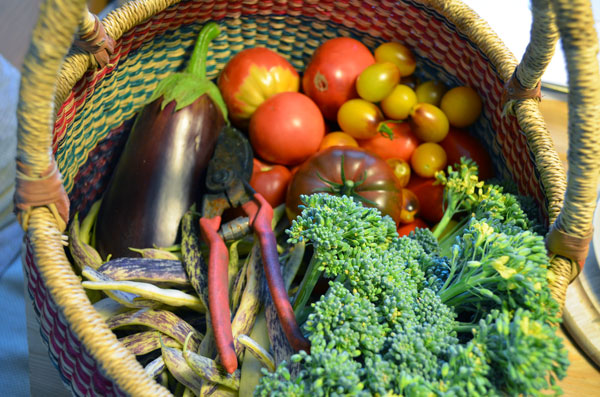
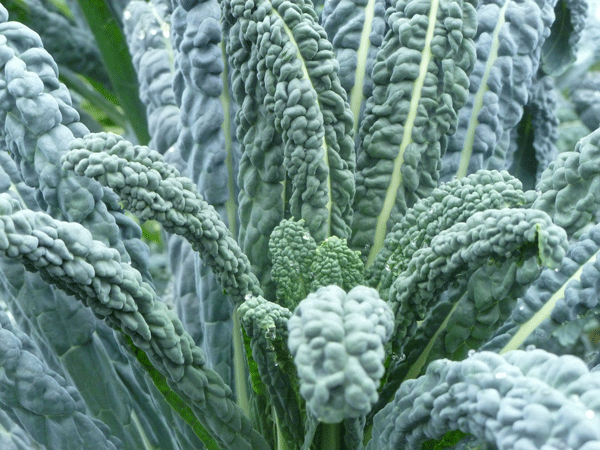
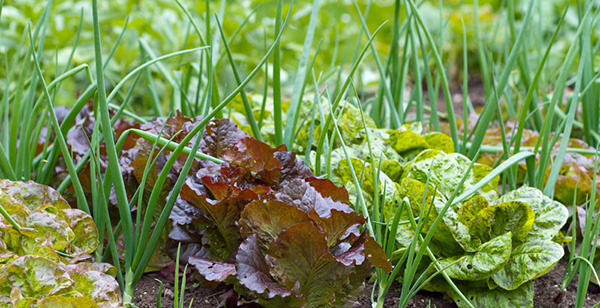
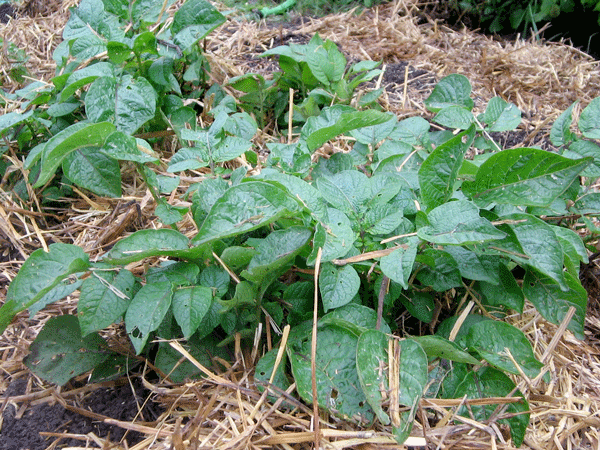
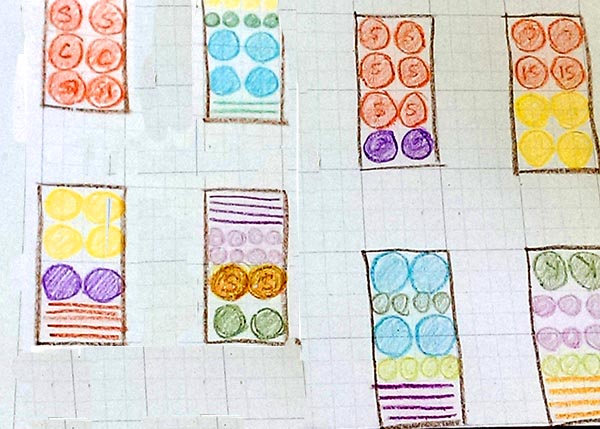
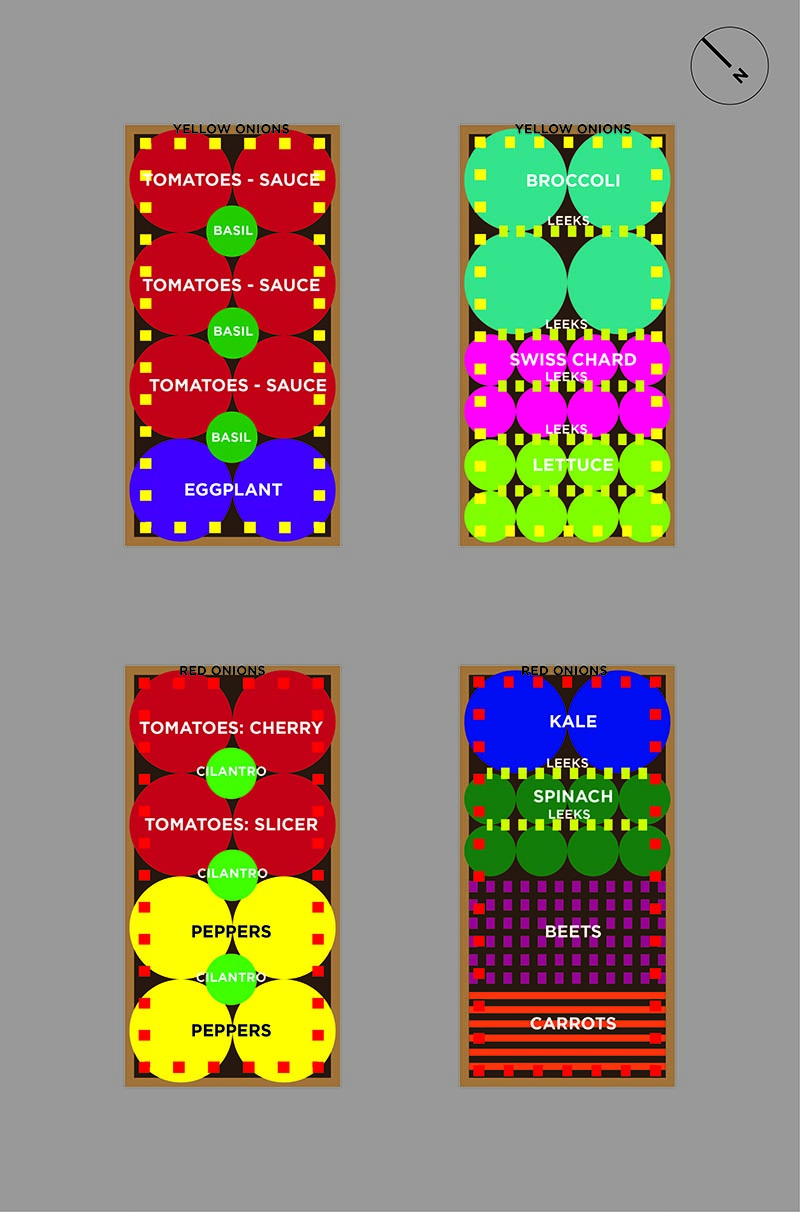
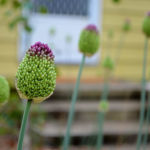
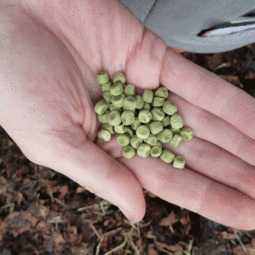


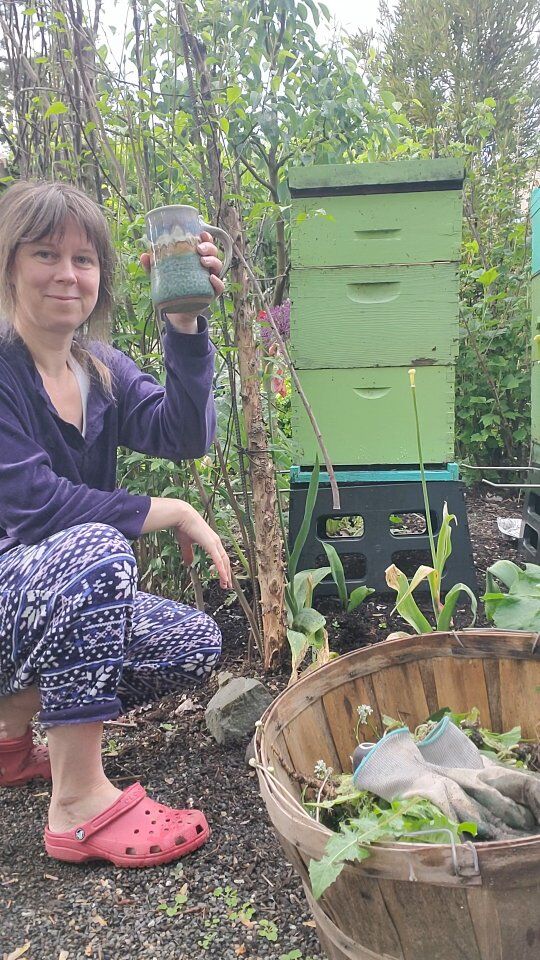

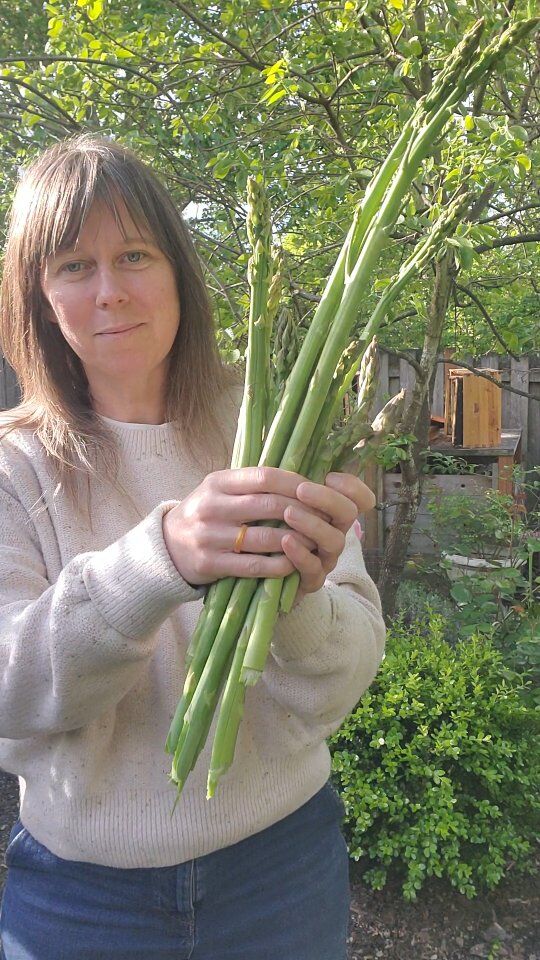

 I start with a
I start with a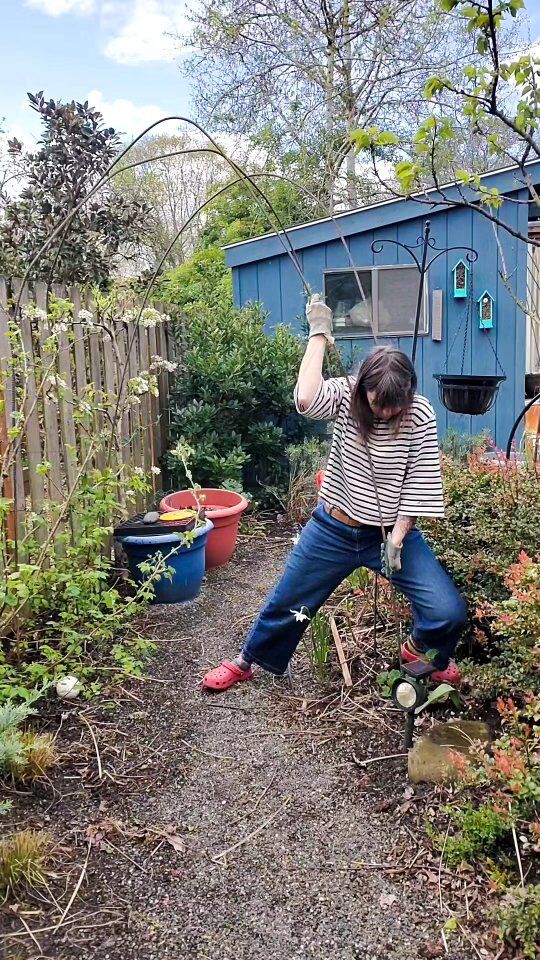
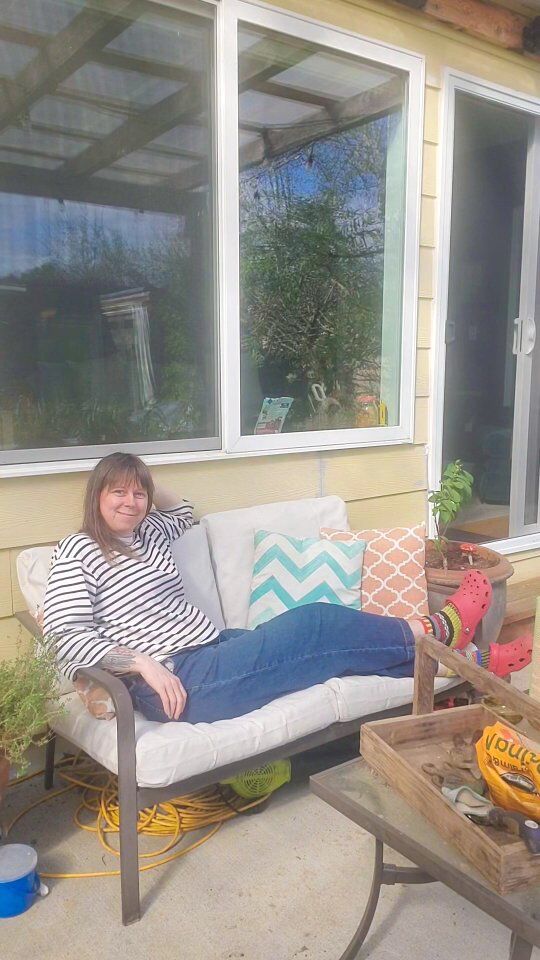
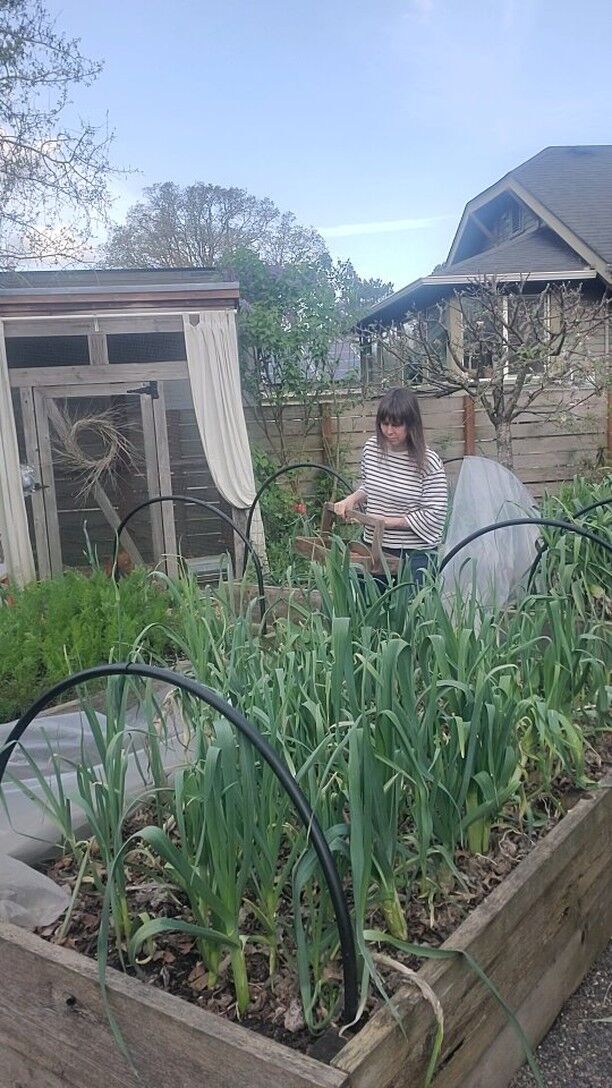
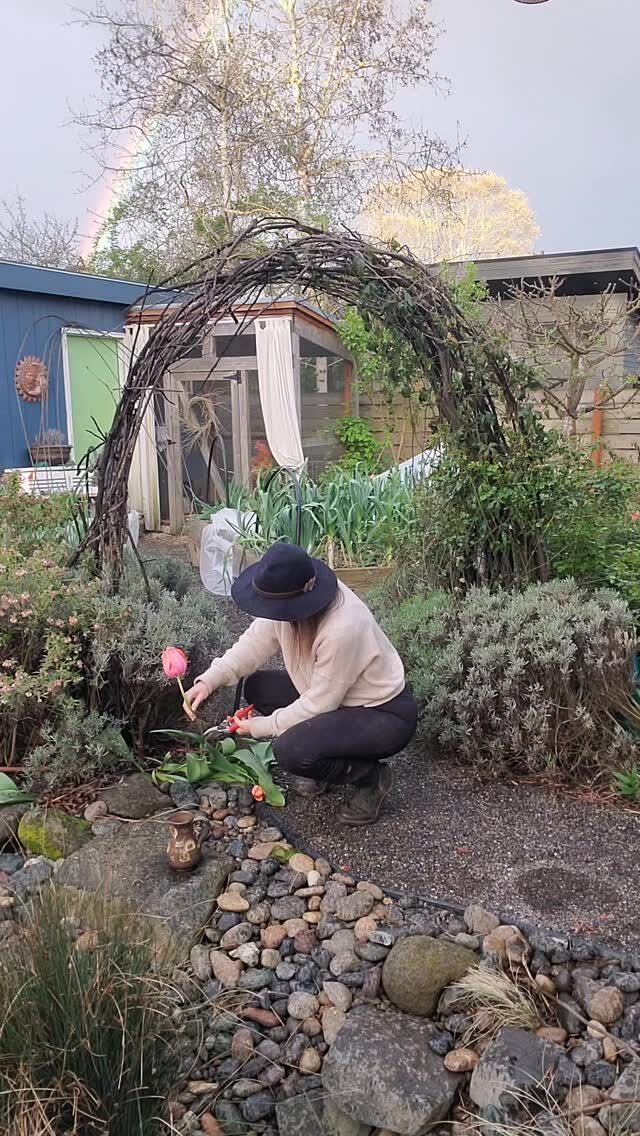
 There's a go
There's a go
Thank you. I’m relatively new (last year didn’t go so well.)
After reading the above I feel more confident. Thanks again!